What’s Good For You Isn’t Always Right for Your Pet
Our pets mean the world to us. They make us happy; they make us whole. It is easy to get carried away with how much love we want to give. But it’s imperative that we keep them safe at all times. Sometimes we don’t realize all the poisonous things our dogs and cats can get into just around our own homes. There’s no better time to remind us of prevention tips than in March, Poison Prevention Awareness Month. From plants and household cleaners to food and even chewing gum, your own home can be hazardous to your pet’s health.

The ASPCA has poison prevention tips so you can keep your pets safe. The following are some important tips to alert you to what’s OK and what’s not when it comes to your furry family members:
· Plants are beautiful, and with spring just around the corner it’s time for lilies. Did you know that many lily plants are toxic to cats? It’s better to be safe than sorry; so check for the ones to keep away from your pets, along with other plants that can be toxic.
· Here are some of the foods to keep away from your pet: alcoholic beverages, chocolate, avocado, macadamia nuts, raisins and grapes, yeast dough, coffee, fatty foods, onions, salt, and moldy or spoiled foods, and chewing gun containing Xylitol.
· Say no to ibuprofen and other prescribed people meds. They can be deadly.
· Do your research on flea-control products and their proper use, and never use one on cats that is meant for dogs and vice versa.
· Anti-freeze can be deadly so keep it away from your pets.
· When tending to your lawn, ensure your pets don’t get into insecticide or weed killer. Read the labels and follow directions!
A comprehensive list of products along with a 24-hour emergency line is available through the ASPCA Animal Poison Control Center (APCC). Stay on top of things to keep your pets safe.
Hope Springs Eternal Allergies: Get Your Pets to Stop Scratching that Itch
Coughing. Sneezing. Teary Eyes. Yep, it’s that time of year. Allergy season is upon us. However, it’s not just people who experience seasonal allergies that can start in the spring and hang on until the fall. Our pets are susceptible as well, although they often experience different symptoms.
There are 10 signs that your dog may be suffering from allergies. Take note so you can be aware and get your dog the help and relief necessary:
1. Itching
2. Irritated and red skin
3. Constant licking
4. Rubbing face on objects
5. Hair loss
6. Hot spots
7. Red and smelly ears
8. Shaking the head
9. Red skin
10. Puffy eyes

If you notice any of the above signs, it is important to take your dog to your veterinarian for a checkup to find out the cause and then discuss solutions.
Signs to look for in cats with allergies include:
· Scratching leading to skin conditions “due to the release of an immunoglobulin called IgE.”
· Hair loss
· Scabs
· Open sores
· Ear discharge
· Excessive scratching
Before you do anything, and that includes medicating with an antihistamine, stop right there! Never administer meds before consulting your veterinarian as it can prove dangerous to your cat. Your cat could also be allergic to flea saliva, but again, consult with your vet.
In all manner of treatment for your pets when it concerns allergies, defer to the experts and discuss with your veterinarian about the right plan to get your furry family member back on track and feeling better.
Make the Right Litter Go a Long Way
Right from the start cats know instinctively to do their business in a litter box. It is one of the great things that comes along with having cats. It is also important to remember that cats are finicky. How can we forget? We can’t. They remind us every day. They can even be fussy about their litter box. Keeping the perfect litter box is not only good for your feline, it is also great for you and your home, too.
From cleanliness to location of the litter box, there’s a lot to take into consideration. Here’s some litter box tips from The Humane Society of the United States:
1. Location is key. The litter box doesn’t have to be in some remote, dark area. The litter box should provide privacy and convenience. Don’t place it near “noisy or heat-radiating appliances.” Never place near food or water bowls. Place a litter box on each floor of your home. If it’s behind a door, be sure the door is kept open.
2. With all the different cat litters out there, do your research. “Fine-grained litters” are popular with cats and are softer to the touch.
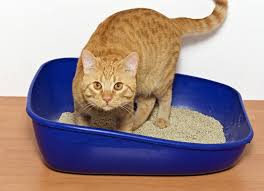
3. Forget the scented litter as it can be a turn off to many cats. “A thin layer of baking soda placed on the bottom of the box will help absorb odors without repelling your cat.” The best thing you can do is to keep the box regularly clean.
4. How many boxes? It depends on how many cats in the home. “The general rule of paw is one litter box for each cat in the home, plus one more.”
5. To cover or not to cover… Some cats won’t even use a covered litter box, so give both a test run.
6. Your cats are clean, so keep the litter box up to par. Scoop out daily. Replacing litter depends on how many felines are in the home, number of boxes and the type of litter.
7. Never punish your cat if litter box problems arise. First things first: Rule out medical conditions with your veterinarian.
Great litter box care equals a happy cat, and a happy home.
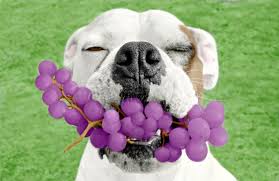
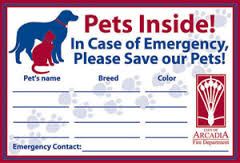
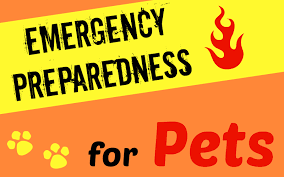

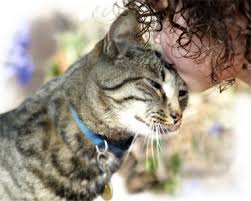

Recent Comments